When Federal Reserve policymakers met last month to consider raising interest rates, they appeared as surprised as ordinary Americans about why the central bank’s historic tightening of monetary policy has had less of an effect on inflation than anticipated.
That explains, in part, why they agreed to pause further interest rate hikes in June to assess incoming economic data, minutes of the meeting released Wednesday showed. It also offers insight into why the policymakers indicated they are still anticipating having to raise interest rates higher in 2023.
“They commented that tighter credit conditions for households and businesses were likely to weigh on economic activity. Hiring, and inflation,” the minutes said. “However, participants agreed that the extent of these effects remained uncertain.
The minutes will provide little guidance to investors and economists looking to the Fed to provide clarity on its next steps ahead of the central bank’s July 25-26 meeting. The Fed held steady on interest rates in June, but Chairman Jerome Powell has made it clear both in testimony to Congress and in speeches in Europe last week that there is support for at least two more interest rate hikes.
But, the minutes do show the difficulty Fed officials face in trying to tame stubborn inflation in an economy that continues to show remarkable resilience in the post–pandemic environment. Notably, the minutes revealed that the Fed staff believed a mild recession was still likely but also “the possibility of the economy continuing to grow slowly and avoiding a downturn as almost as likely as the mild-recession baseline.”
“They’ve stated their interest to raise a couple more times and we believe they will,” said Matthew Brenner, managing vice president at Mission Square Retirement. “The Fed is very clearly trying to normalize” interest rates.
The problem for the Fed, though, is the economy is proving more stubborn in succumbing to the pressure of higher interest rates. The labor market remains strong, consumers are still spending and, while there are pockets of weakness, the economy’s growth was revised upward in the first quarter. Gross domestic product is currently tracking at about a 1.9% annual rate for the quarter that ended June 30.
Markets ended the first half in the best shape since 2019, but analysts believe they could turn down in the second half as the lag effects of the Fed’s tightening take hold. The manufacturing sector is soft and layoffs have been picking up in technology, finance and other industries.
The Dow Jones Industrial Average fell 100 points after the minutes were released after being mostly in negative territory during the day. Yields on U.S. government bonds rose, signaling higher interest costs ahead.

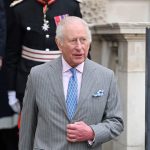


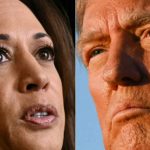


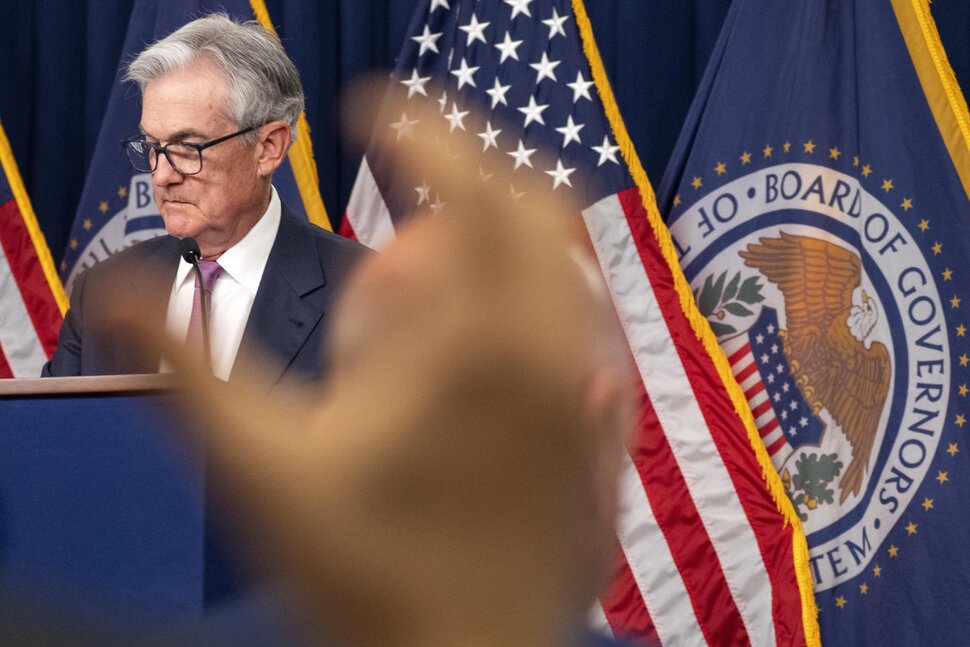

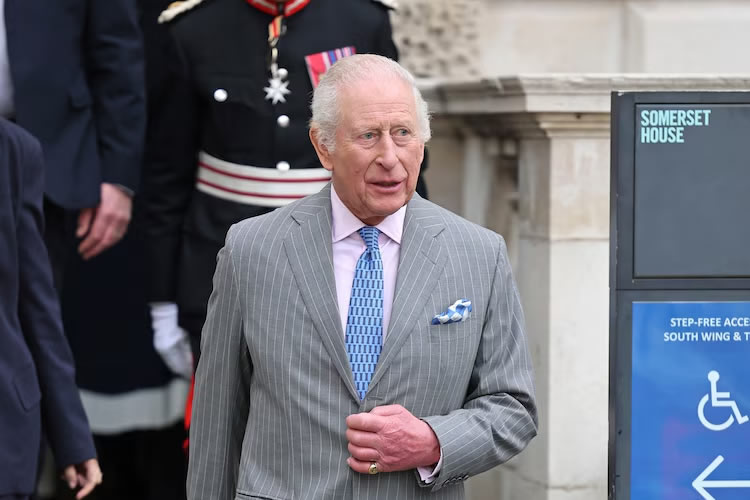

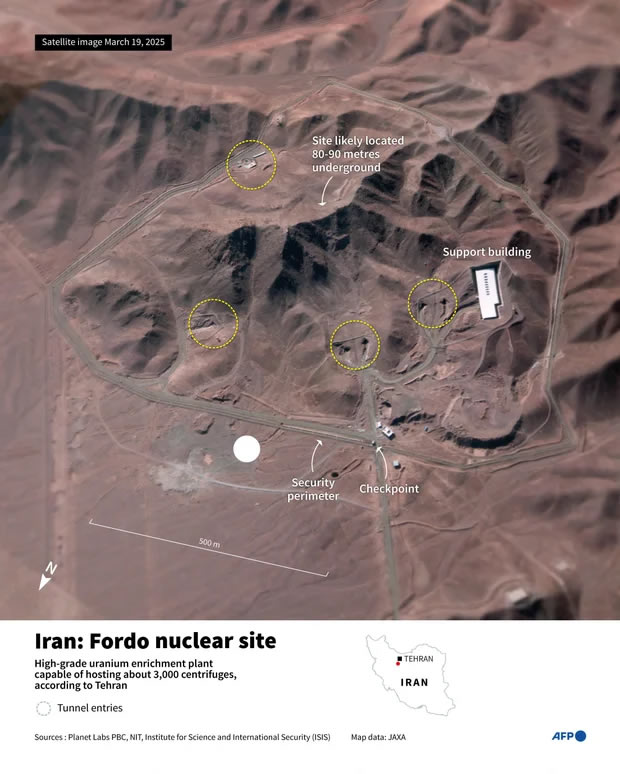




+ There are no comments
Add yours